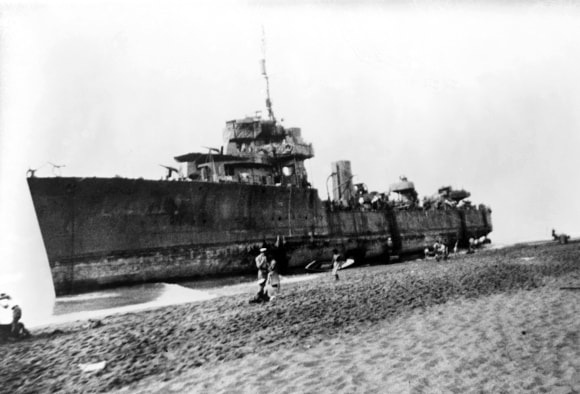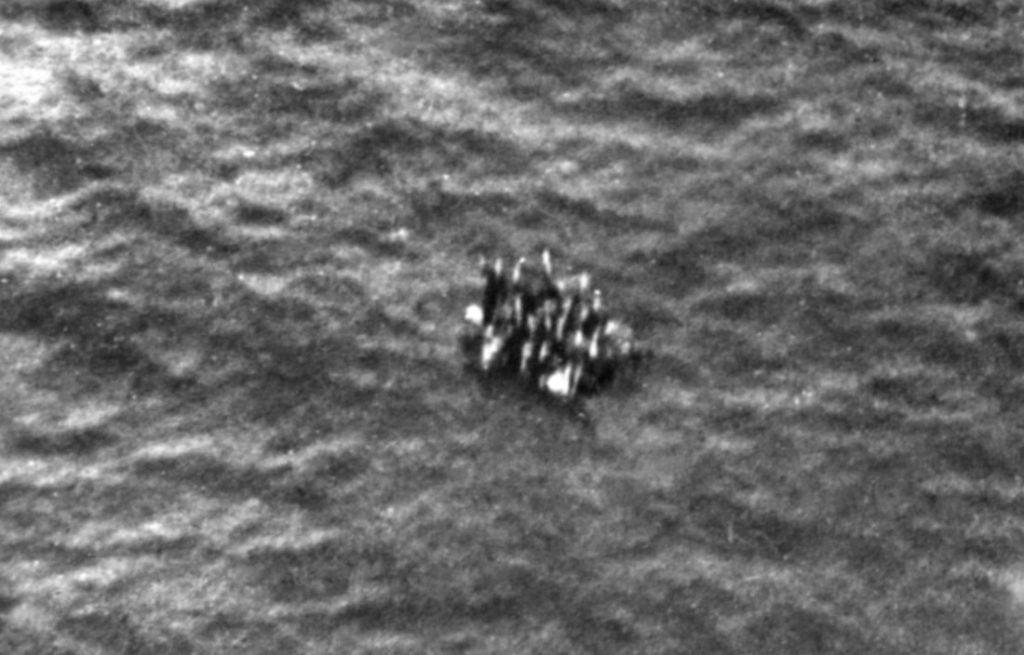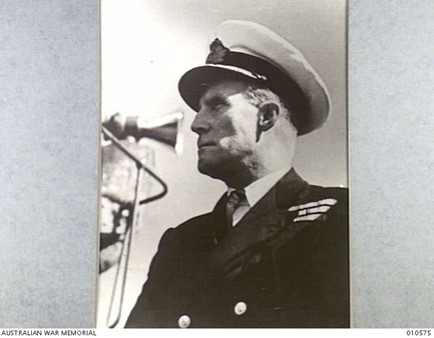At the outbreak of WWII the Royal Australian Navy (RAN) was largely deployed in Europe, the Middle East and Africa. After the Japanese Navy’s attacks on the Allies in December 1941, the RAN redeployed its larger ships to home waters to protect the Australian mainland from Japanese attack, while several smaller ships remained in the Mediterranean. From 1940 onwards, there was considerable Axis naval activity in Australian waters first from German commerce raiders and submarines and later by the Imperial Japanese Navy.
After the attack on Pearl Harbour, RAN ships served as part of the British-Australian component of the American-British-Dutch-Australian Command (ABDACOM) naval forces or in the ANZAC Force. ABDACOM was wound up following the fall of the Netherlands East Indies and was succeeded by the South West Pacific Area (command) (SWPA). The United States Seventh Fleet was formed at Brisbane on 15 March 1943, for service in the SWPA. RAN as well as the Dutch Royal Navy ships in the Pacific generally served at part of Seventh Fleet taskforces.
From February 1942, the RAN played a critical role in resupplying Australian and Dutch commandos on Timor. HMAS Voyager ran aground during the campaign. On 1 December 1942, HMAS Armidale was attacked by thirteen Japanese aircraft while attempting to land Dutch soldiers off Betano, Portuguese Timor. Armidale sank with the loss of 40 of her crew and 60 Dutch personnel.



At a operational level the British Admiral Sir Guy Charles Cecil Royle was appointed First Naval Member of the Australian Commonwealth Naval Board in 1941, and served in that role until 1946. In this position, he was responsible for the overall direction and administration of the RAN. He also served as Commander of the Southwest Pacific Sea Frontiers, a command created to protect Australian ships and supplies from enemy activity. He was also the liaison person for the Royal Netherlands Navy, as most of their fleet, while under US command , were based in Australia.
